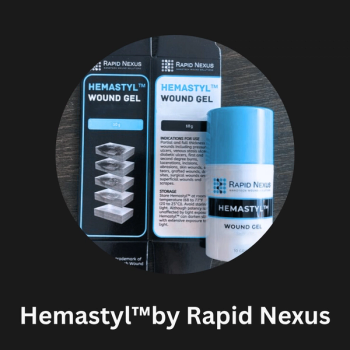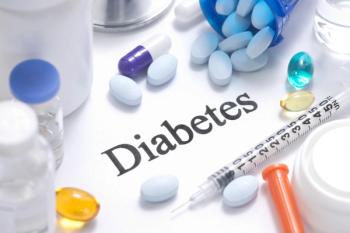
Five top use cases for data on social determinants of health
Why many providers are starting to use non-medical consumer data in their care management planning.
Right now it is even more imperative for health systems to proactively help their community-at-large stay healthy and their patients achieve better outcomes for an illness such as COVID-19, or any other.
This is where social determinants of health (SDOH) can be instrumental; from affording time off work so a patient can attend an appointment, to accessing healthy food, childcare or transport, your patients’ ability to engage with and benefit from health services can be heavily influenced by a host of social and economic dynamics. In fact, a survey among physicians by The Physicians Foundation, revealed that
It is positive to see that the healthcare industry is embracing the use of this kind of data. Understanding SDOH gives healthcare organizations a more complete picture of their patients’ health and life circumstances. They can anticipate their patients’ needs, coordinate their care more effectively, and ultimately give them a better healthcare experience. What’s more, harnessing the right data on SDOH leads to smarter investment and operational decisions, yielding advantages for their health system as a whole.
That’s why many providers are starting to use non-medical consumer data in their care management planning. Here we look at some of the top use cases for SDOH data.
Reduce missed appointments
It has been reported that no-shows cost providers an average of $200 each (plus a lot of wasted physician time). Often these are down to lack of access to transportation or childcare. SDOH data can help you anticipate where these challenges might occur, so you can offer additional services like a free shuttle bus or crèche.
You’ll make the experience a little easier for the patient, and potentially prevent an unchecked health issue from becoming something more serious.
Save costs from preventable health events
Unfortunately, life circumstances can lead to many people using health services in a way that could be avoided. Missed appointments or difficulty following a care plan can lead to escalating medical issues, entailing more treatment and readmissions. Patients might also fall back on emergency services because they can’t easily access appropriate alternatives.
SDOH data helps you understand the circumstances that might lead to this kind of patient behavior. For example, if you can spot patients who may be likely to dial 911 because they have no other way to get to the health services they need, you can offer alternatives that avoid an unnecessary visit to the ED.
This could help you save up to $2000 per Emergency Department visit, and around $10,000 for each hospital stay (which often can’t be fully reimbursed if the patient ends up being readmitted), according to the Healthcare Cost Institute.
Increase care plan compliance
A patient’s living situation can often determine whether or not they’ll be able to stick to their care plan. For example, specific dietary advice can be a real challenge for a diabetic patient if they have a limited food budget, lack of time to shop and prepare food, or a plain lack of options of where to buy it. An SDOH needs assessment can flag this in advance so clinicians can help patients find a plan that will work for them.
Similarly, pharmacies might use consumer data to help minimize abandoned prescriptions or situations where a patient fails to follow dosage directions, which is estimated to cost the industry
Save administrative and clinical time
Analyzing consumer data can help your operations run more efficiently, which benefits your patients through well-coordinated care, timely information sharing and prompt referrals. Many providers are taking advantage of automated solutions for leveraging SDOH data, saving massive amounts of administrative time for care managers by pre-populating patient data and automating SDOH needs assessments.
Investing in relevant community health programs
One of the most impactful use cases for SDOH data is to gain a richer understanding of your member base, so you can invest in the most relevant community health programs. What are the most pressing issues or health concerns your community members’ face? For example, you can screen for food insecurity and invest in emergency food services.
Leveraging consumer data to improve patient outcomes
There are many insights and opportunities hidden in SDOH data. Uncovering the right data and leveraging analytics can help both providers and patients. Organizations can turn the data into meaningful management decisions while creating a holistic approach to better patients’ health.
Karly Rowe is vice president for new product development in care & identity management at
Newsletter
Stay informed and empowered with Medical Economics enewsletter, delivering expert insights, financial strategies, practice management tips and technology trends — tailored for today’s physicians.


















